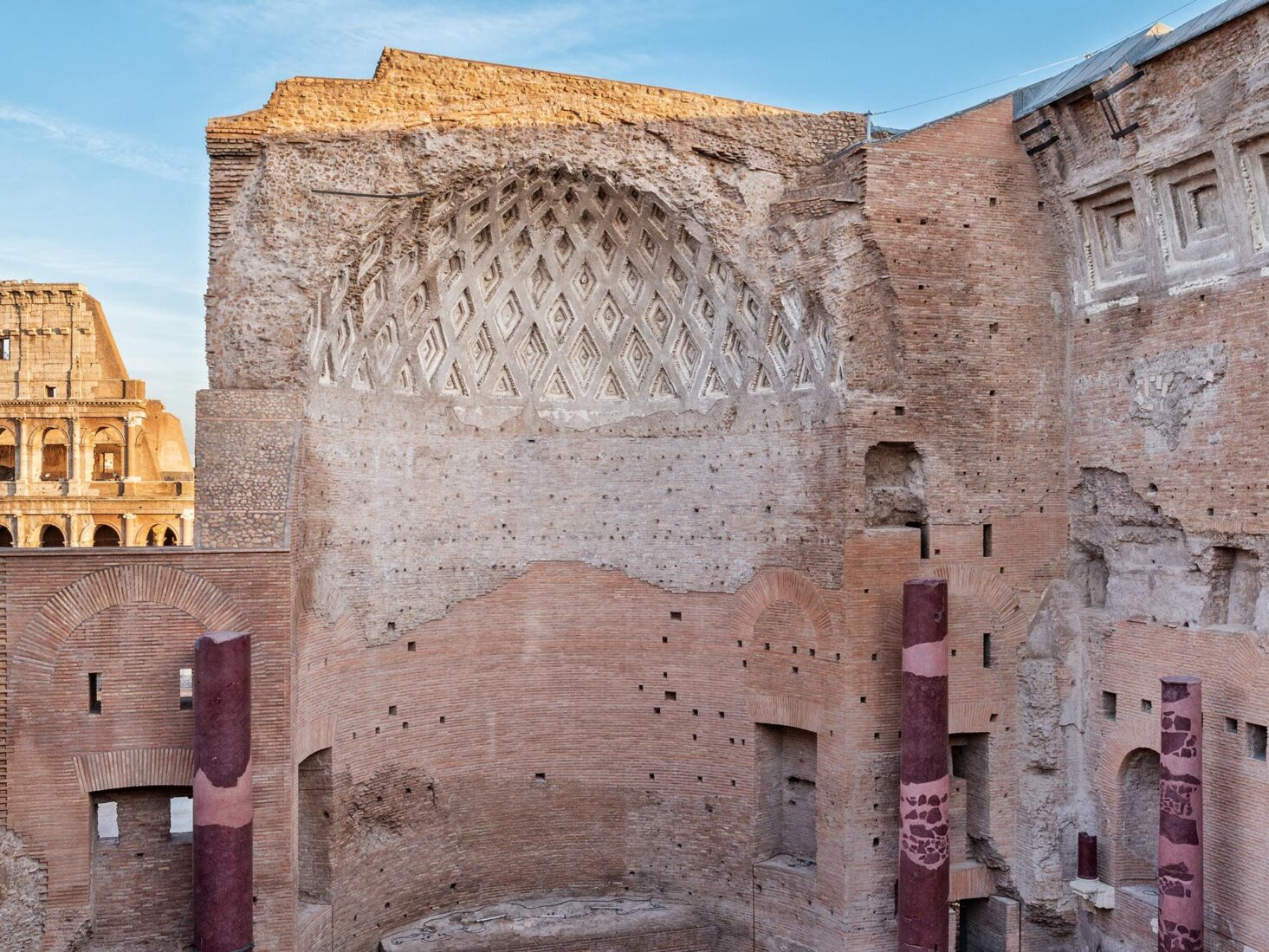
Made in Italy: How Fendi is preserving its homeland’s native relics
The Temple of Venus and Rome was one of the largest monuments in Italy’s ancient city. Fendi, another exemplar of national craftsmanship, has recently finished restoring it
Cultural superpower Italy has long been an epicentre of art, architecture and design. From the domes and arches of ancient Rome, to the 20th century maisons that dominate Milan Fashion Week, ‘la bella figura’, or ‘good appearance’, is part of the national DNA – an aesthetic history that Fendi seeks to champion and sustain.
The Roman brand has engaged in various patronage activities over the years, which support, promote and preserve Italian excellence, including working on the restoration of the Trevi Fountain. In 2015, Fendi chose the neoclassical Palazzo della Civiltà Italiana (built in 1938) as its European headquarters, opening it to the public for exhibitions and installations thereafter. Then, in 2020, came the label’s most ambitious project yet: the restoration of the Temple of Venus and Rome.
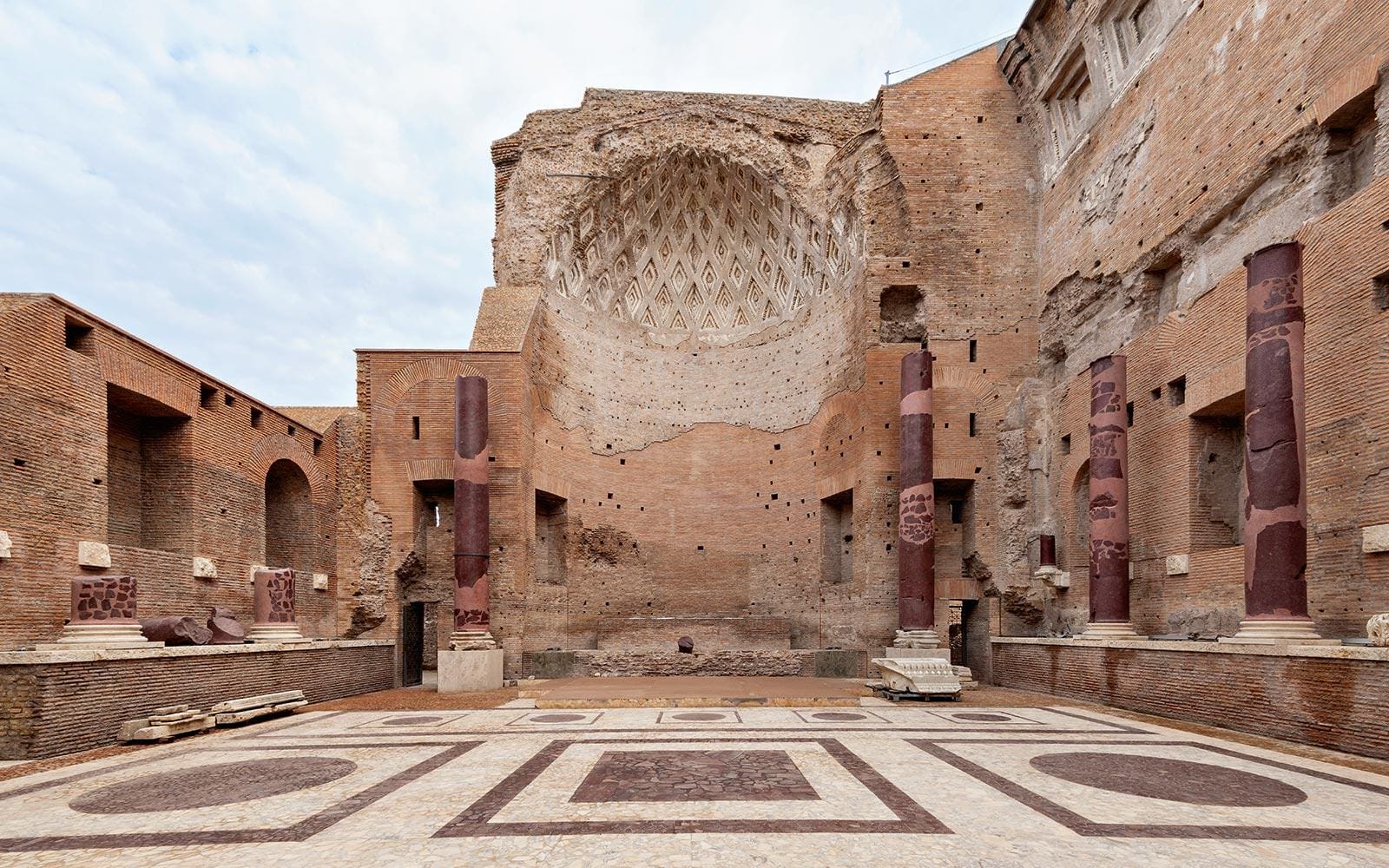
Nearly 2,000 years ago, Emperor Hadrian’s allegiance to Rome was being called into question. To dispel suspicions, he decided to build a temple to honour the goddesses Roma – the personification of the Roman state – and Venus, who was believed to be the ancestor of the Roman people through her son, Aeneas, a survivor of the fall of Troy who had fled to Italy.
The temple was to be the largest ever built in the city, erected between the Forum and the Colosseum. Hadrian even had the Neronian Colossus, a 30-metre bronze statue of Emperor Nero, removed to make way, an endeavour for which he deployed 24 elephants.
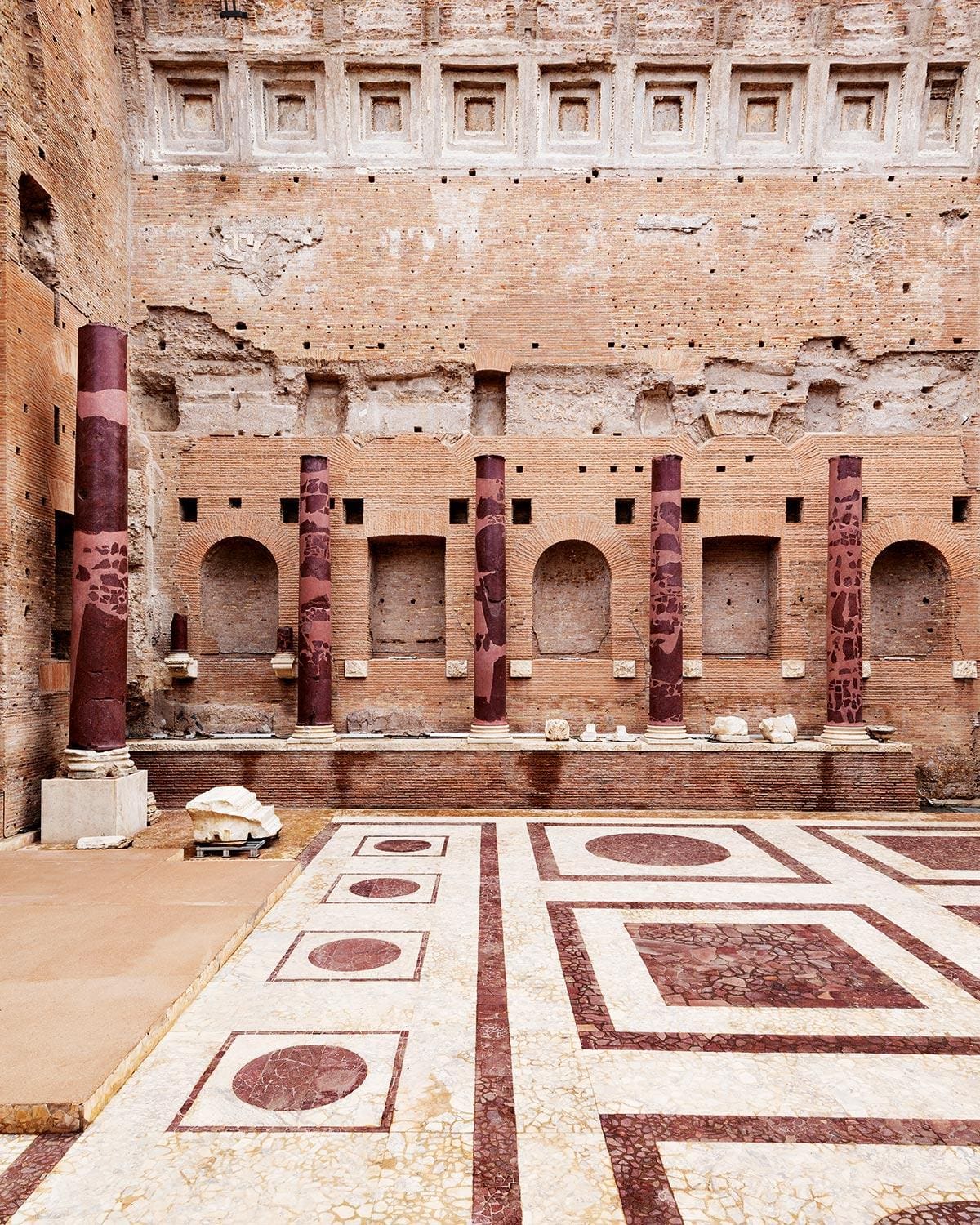 | 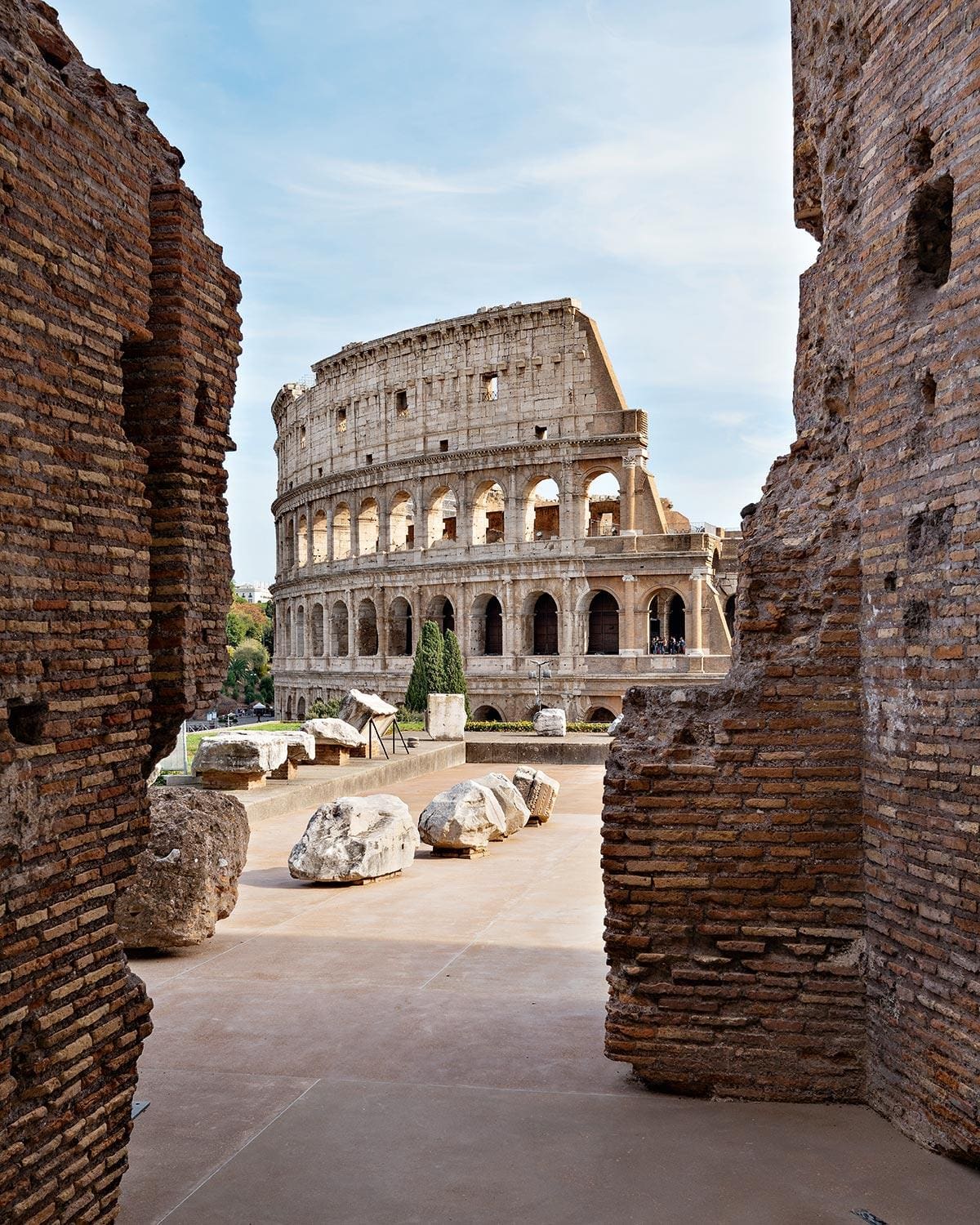 |
The monument was architecturally astounding. Its defining feature was two adjoining chambers containing statues of the deities; elsewhere, stuccos were covered in gold leaf and intricate busts peered out of niches. The mauve tint of the porphyry columns is still observable today – back then, it would have contrasted with green cipollino marble.
Over the centuries, the temple underwent considerable despoliation. It was damaged by a fire in 307AD, and thereafter, to help finance the persecution of pagans, as with many Roman buildings, was targeted for its rich materials. In 625, Pope Honorius received special dispensation to strip the bronze roof tiles for the adornment of St. Peter’s Basilica in the Vatican.
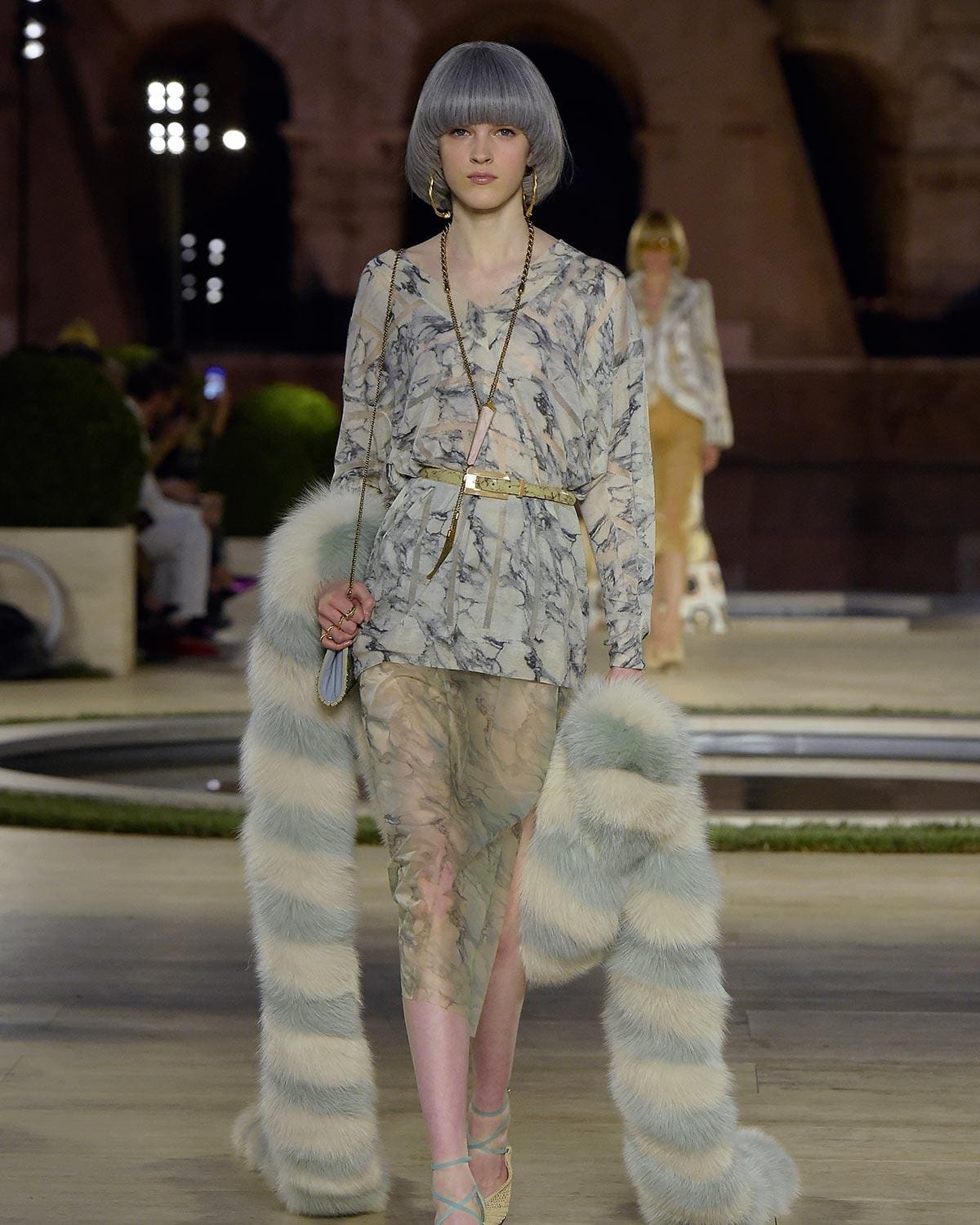 |  |
Fendi has poured some £2.1 million into undoing some of the damage. The restoration, which ended in July 2021, aimed to enhance everything from the roofing to the flooring, as well as improving accessibility with a lift.
While much of the Temple of Venus and Rome has been lost to time, the project coordinators landed on the innovative solution of using beams of light to ‘suggest’ certain elements, including the columns, goddess statues and ceiling coffers. Through a play of light and shadow, it is intended that visitors will be able to imagine the temple as it was in the time of Hadrian.
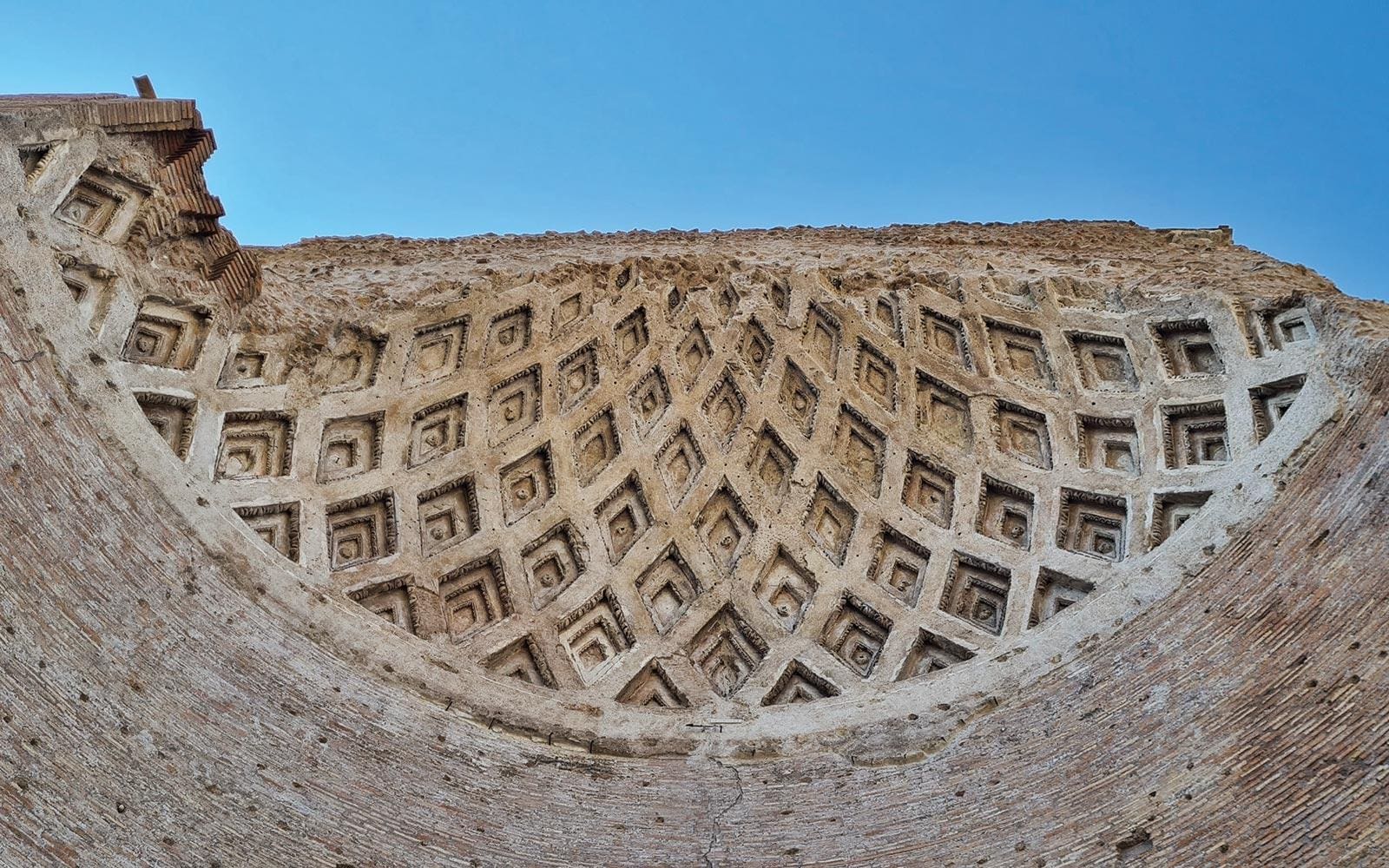
In the words of Silvia Venturini Fendi, artistic director for accessories and menswear, and spokesperson for the project, when you visit the structure, “you can feel it in the air, and as the sun goes down… on the edge of the Velia Hill in the evening, there’s a moment where time stops and the buzz of modern life fades into the background”.









